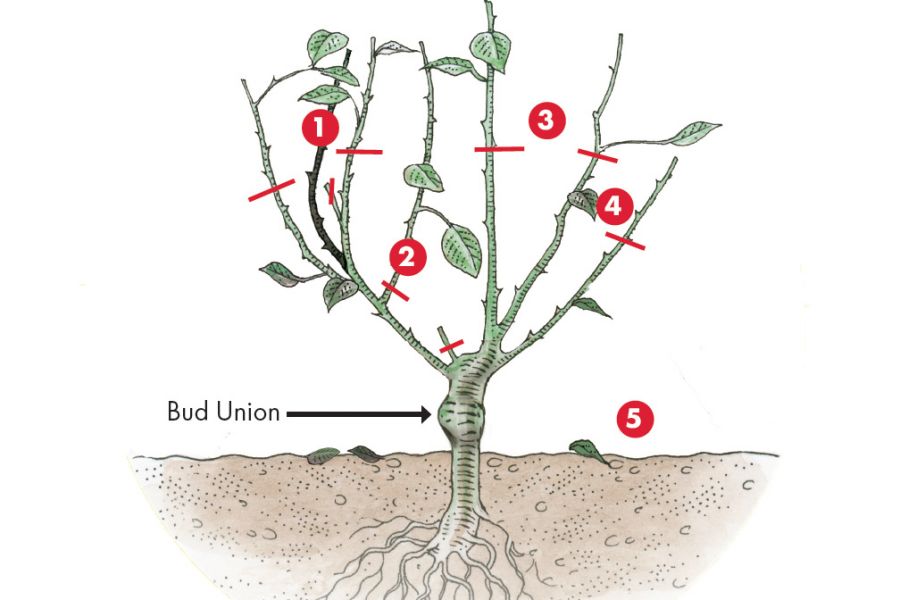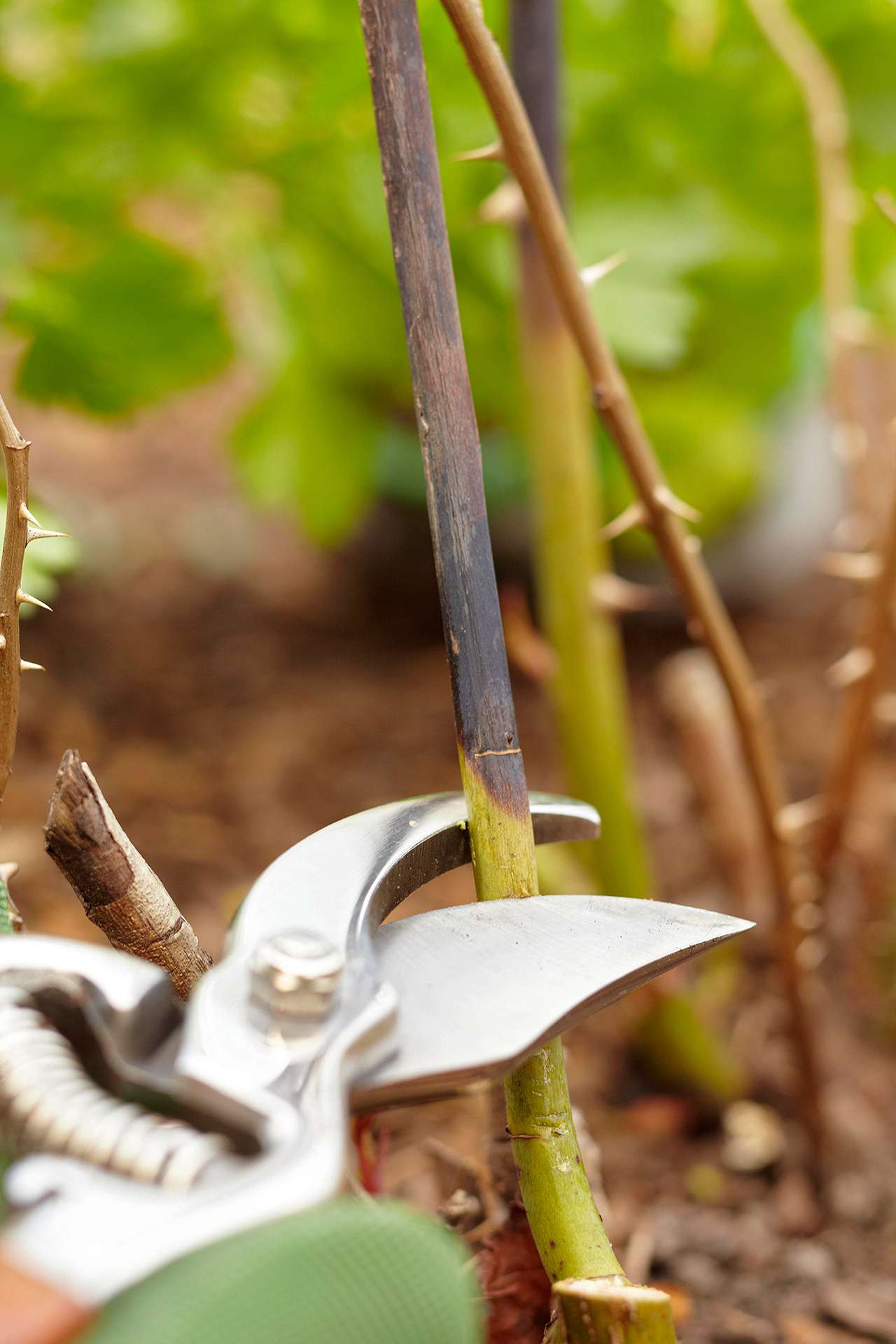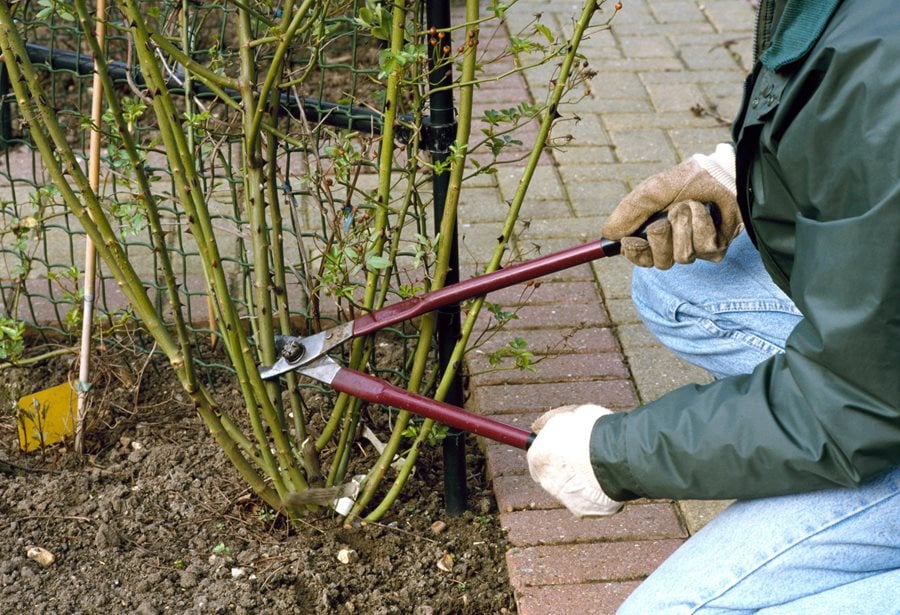Why Pruning is Crucial for Rose Bush Health
Pruning rose bushes is an essential gardening practice that promotes healthy growth, encourages blooming, and removes dead or diseased branches. By pruning rose bushes at the right time, gardeners can improve the overall appearance and health of their plants. Pruning also helps to increase air circulation, reduce disease susceptibility, and promote new growth. When considering when to cut back rose bushes, it’s essential to understand the importance of pruning in maintaining the health and vigor of these beautiful plants.
Rose bushes that are not pruned regularly can become leggy, produce fewer blooms, and be more susceptible to disease and pests. Pruning helps to control the size and shape of the plant, encouraging bushy growth and more blooms. By removing dead, diseased, or damaged branches, gardeners can prevent the spread of disease and encourage healthy growth. Pruning also helps to promote root growth, which is essential for the overall health and vigor of the plant.
In addition to promoting healthy growth and blooming, pruning rose bushes can also help to increase their lifespan. By removing dead and diseased branches, gardeners can help to prevent the spread of disease and reduce the risk of pest infestations. Pruning also helps to promote new growth, which can help to replace old, woody stems and keep the plant looking its best. Whether you’re a seasoned gardener or just starting out, pruning rose bushes is an essential practice that can help to keep your plants healthy, vigorous, and blooming beautifully.
How to Prune Rose Bushes for Maximum Blooms
Pruning rose bushes is a straightforward process that requires the right tools and techniques. To prune rose bushes for maximum blooms, start by gathering the necessary tools, including a pair of sharp pruning shears, a lopper, and a pair of gloves. Next, inspect the rose bush for any dead, diseased, or damaged branches, and remove them using the pruning shears or lopper.
When pruning rose bushes, it’s essential to make clean cuts just above a bud eye, which is the small swelling on the stem from which new growth emerges. Cut the stem at a 45-degree angle, and make sure the cut is smooth and even. This will help the plant to heal quickly and reduce the risk of disease.
For hybrid tea and floribunda roses, prune the stems back to about 12-18 inches from the ground, and remove any weak or spindly growth. For climbing roses, prune the stems back to about 6-12 inches from the ground, and remove any dead or damaged branches. For shrub roses, prune the stems back to about 12-18 inches from the ground, and remove any weak or spindly growth.
When pruning rose bushes, it’s also essential to consider the type of rose and its growth habits. For example, some roses, such as hybrid teas and floribundas, produce blooms on new wood, while others, such as climbing roses, produce blooms on old wood. By understanding the growth habits of your rose bushes, you can prune them accordingly to maximize blooms.
Finally, when pruning rose bushes, make sure to disinfect your pruning tools between cuts to prevent the spread of disease. This will help to keep your rose bushes healthy and thriving, and ensure maximum blooms.
Understanding the Best Time to Prune Rose Bushes
Pruning rose bushes at the right time is crucial for optimal growth and blooming. The best time to prune rose bushes depends on several factors, including the type of rose, climate, and growth stage. In general, most rose bushes should be pruned in late winter or early spring, before new growth begins.
For hybrid tea and floribunda roses, pruning in late winter or early spring helps to promote new growth and encourage blooming. For climbing roses, pruning in late winter or early spring helps to control the size and shape of the plant, and promote new growth. For shrub roses, pruning in late winter or early spring helps to maintain the plant’s shape and promote new growth.
In regions with mild winters, rose bushes may need to be pruned in late fall or early winter, after the plant has gone dormant. In regions with harsh winters, rose bushes may need to be pruned in early spring, after the threat of frost has passed.
It’s also important to consider the growth stage of the rose bush when determining the best time to prune. For example, if the rose bush is still producing new growth, it’s best to wait until the growth has slowed down before pruning. If the rose bush is dormant, it’s best to prune it during the dormant season to minimize stress on the plant.
When deciding when to cut back rose bushes, it’s essential to consider the specific needs of the plant. By pruning at the right time, you can promote healthy growth, encourage blooming, and maintain the overall health and vigor of the plant.
The Consequences of Pruning at the Wrong Time
Pruning rose bushes at the wrong time can have serious consequences for the health and blooming of the plant. If you prune your rose bushes too early or too late, you may inadvertently cause more harm than good. For example, pruning in the fall can stimulate new growth, which can be damaged by frost and cold temperatures.
Pruning at the wrong time can also reduce blooming and promote disease susceptibility. When you prune your rose bushes, you are creating wounds that can be vulnerable to disease and pests. If you prune at the wrong time, you may be creating an environment that is conducive to disease and pest infestations.
In addition, pruning at the wrong time can also impact the overall health and vigor of the plant. If you prune your rose bushes too heavily or too frequently, you can cause stress to the plant, which can lead to poor growth and reduced blooming. On the other hand, if you prune too lightly or infrequently, you may not be providing enough stimulation for the plant to produce new growth and blooms.
When deciding when to cut back rose bushes, it’s essential to consider the specific needs of the plant. By pruning at the right time, you can promote healthy growth, encourage blooming, and maintain the overall health and vigor of the plant. However, if you prune at the wrong time, you may be inadvertently causing harm to the plant.
Some common consequences of pruning at the wrong time include reduced blooming, increased disease susceptibility, and poor growth. In extreme cases, pruning at the wrong time can even lead to the death of the plant. By understanding the importance of pruning at the right time, you can avoid these consequences and promote healthy growth and blooming in your rose bushes.
Pruning Techniques for Different Types of Roses
When it comes to pruning rose bushes, different types of roses require different techniques. Hybrid tea and floribunda roses, for example, require a more vigorous pruning approach to promote new growth and encourage blooming. Climbing roses, on the other hand, require a more gentle pruning approach to maintain their shape and promote blooming.
For hybrid tea and floribunda roses, prune the stems back to about 12-18 inches from the ground, and remove any weak or spindly growth. This will help to promote new growth and encourage blooming. For climbing roses, prune the stems back to about 6-12 inches from the ground, and remove any dead or damaged branches. This will help to maintain the shape of the plant and promote blooming.
Shrub roses, such as Knock Out and Drift roses, require a more minimal pruning approach. Simply remove any dead or damaged branches, and shape the plant to maintain its desired form. This will help to promote healthy growth and encourage blooming.
When pruning rose bushes, it’s also important to consider the shape and size of the plant. Prune the plant to maintain its desired shape, and remove any branches that are growing outside of the plant’s boundaries. This will help to promote healthy growth and encourage blooming.
By using the right pruning techniques for your specific type of rose bush, you can promote healthy growth, encourage blooming, and maintain the overall health and vigor of the plant. Remember to prune your rose bushes at the right time, and use the right tools and equipment to get the job done.
Common Mistakes to Avoid When Pruning Rose Bushes
When pruning rose bushes, it’s easy to make mistakes that can harm the plant and reduce blooming. One common mistake is over-pruning, which can cause stress to the plant and lead to reduced blooming. Another mistake is under-pruning, which can allow dead and diseased branches to remain on the plant and spread disease.
Pruning at the wrong angle is also a common mistake. When pruning rose bushes, it’s essential to make clean cuts at a 45-degree angle, just above a bud eye. This will help the plant to heal quickly and reduce the risk of disease. Pruning at the wrong angle can cause the plant to become vulnerable to disease and pests.
Not wearing gloves when pruning rose bushes is another mistake to avoid. Rose bushes have thorns that can cause injury and irritation to the skin. Wearing gloves will protect your hands and make it easier to prune the plant.
Using dull or dirty pruning tools is also a mistake to avoid. Dull tools can cause the plant to tear, rather than making a clean cut. Dirty tools can spread disease and pests to the plant. Using clean and sharp tools will help to prevent disease and promote healthy growth.
By avoiding these common mistakes, you can prune your rose bushes like a pro and promote healthy growth and blooming. Remember to prune your rose bushes at the right time, and use the right tools and equipment to get the job done.
Pruning Tools and Equipment for the Job
When it comes to pruning rose bushes, having the right tools and equipment is essential. The best pruning tools for rose bushes include gloves, pruning shears, and loppers. Gloves will protect your hands from thorns and make it easier to prune the plant. Pruning shears are ideal for cutting smaller branches and stems, while loppers are better suited for cutting larger branches.
It’s also important to use clean and sharp tools to prevent disease transmission. Dull tools can cause the plant to tear, rather than making a clean cut, which can lead to disease and pest problems. Clean and sharp tools will help to prevent disease and promote healthy growth.
In addition to pruning shears and loppers, you may also want to consider using a pruning saw for cutting thicker branches. A pruning saw is a specialized saw that is designed specifically for pruning plants, and is ideal for cutting branches that are too thick for pruning shears or loppers.
When choosing pruning tools and equipment, look for high-quality products that are designed specifically for pruning rose bushes. Avoid using tools that are dull or rusty, as these can cause more harm than good. By using the right tools and equipment, you can prune your rose bushes with confidence and promote healthy growth and blooming.
Maintaining Your Rose Bushes After Pruning
After pruning your rose bushes, it’s essential to provide them with the right care to promote healthy growth and blooming. One of the most critical aspects of post-pruning care is watering. Rose bushes need consistent moisture, especially after pruning, to help them recover from the stress of pruning.
Fertilizing is also crucial after pruning. A balanced fertilizer will provide your rose bushes with the necessary nutrients to promote healthy growth and blooming. Look for a fertilizer that is specifically formulated for roses and follow the instructions on the label for application rates.
Mulching is another essential aspect of post-pruning care. Mulch helps to retain moisture in the soil, suppress weeds, and regulate soil temperature. Use a layer of organic mulch, such as wood chips or bark, around the base of your rose bushes to help them thrive.
In addition to watering, fertilizing, and mulching, it’s also essential to monitor your rose bushes for signs of disease or pests. Regularly inspect your plants for signs of black spot, powdery mildew, or aphids, and take action promptly if you notice any problems.
By providing your rose bushes with the right care after pruning, you can promote healthy growth and blooming. Remember to water, fertilize, and mulch your rose bushes regularly, and monitor them for signs of disease or pests. With proper care, your rose bushes will thrive and provide you with beautiful blooms for years to come.




:strip_icc()/pruning-rose-bush-detail-40ff7c07-d04bb38637104f41a40c4172c69a3a6c.jpg)


